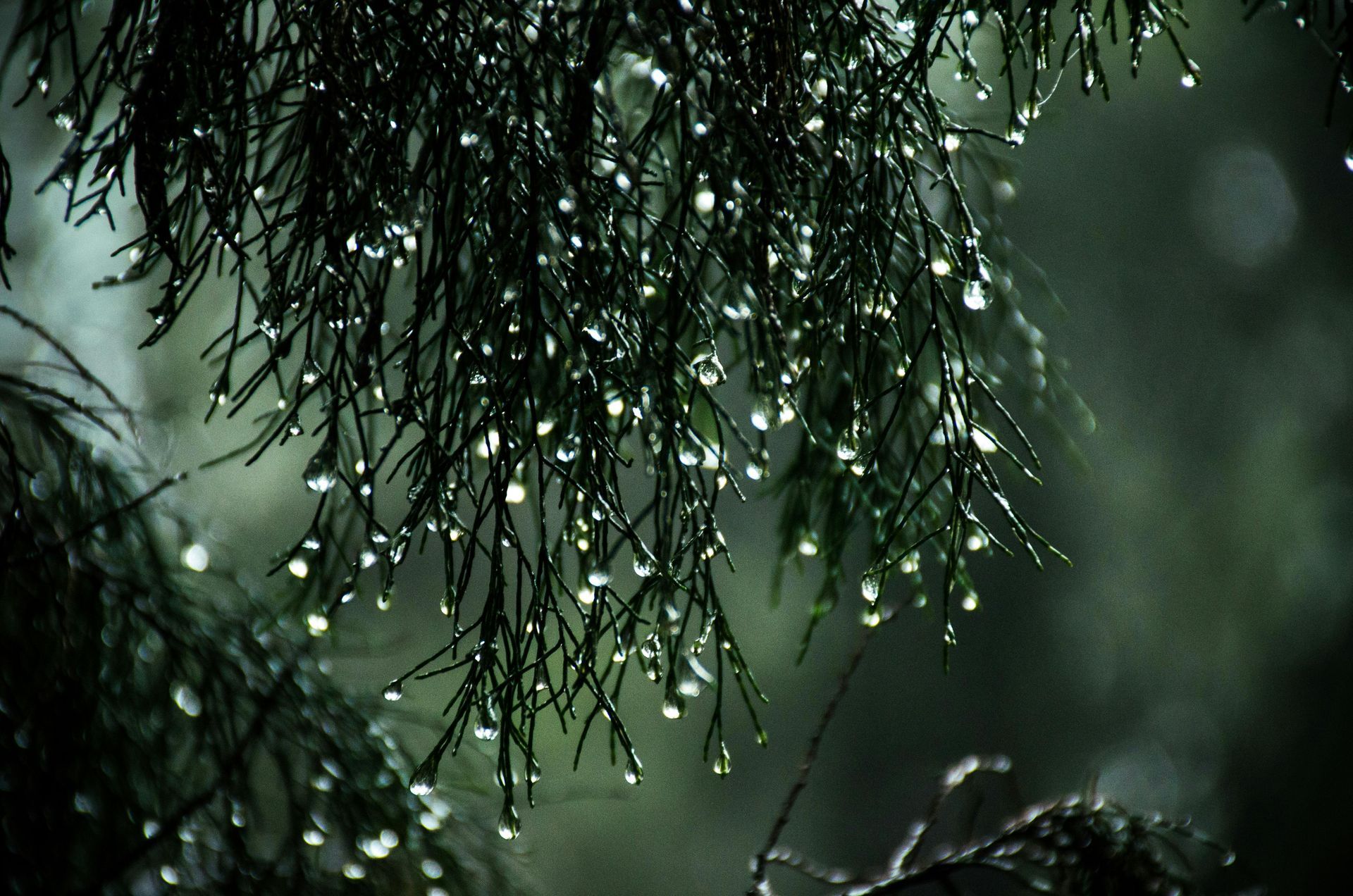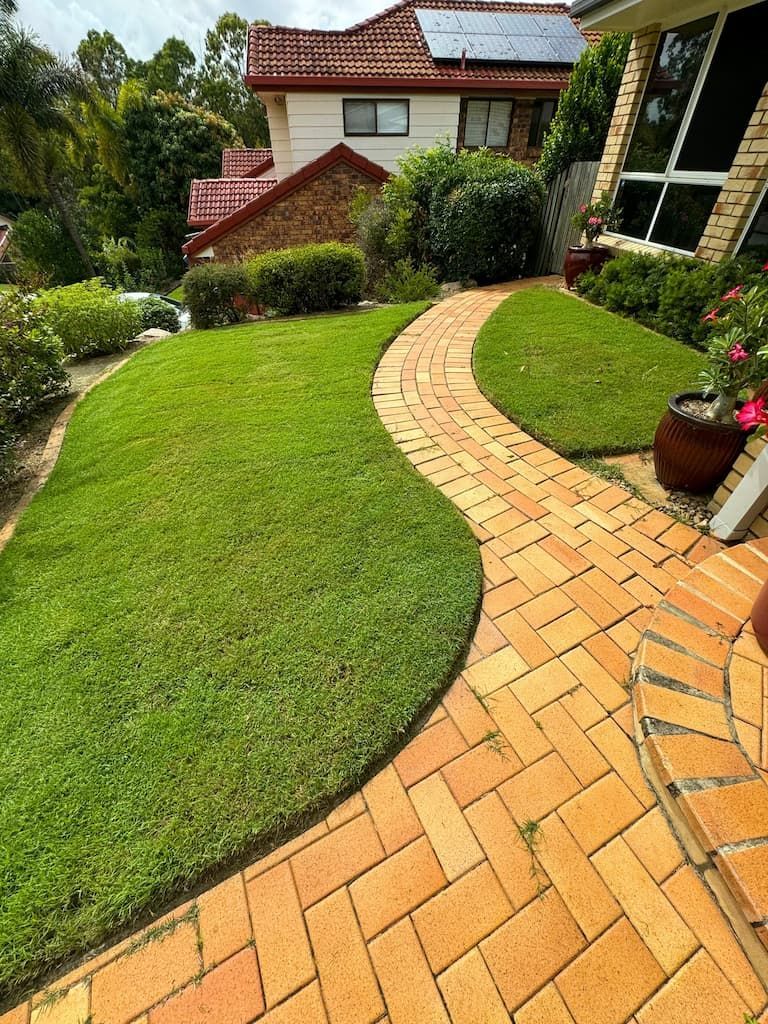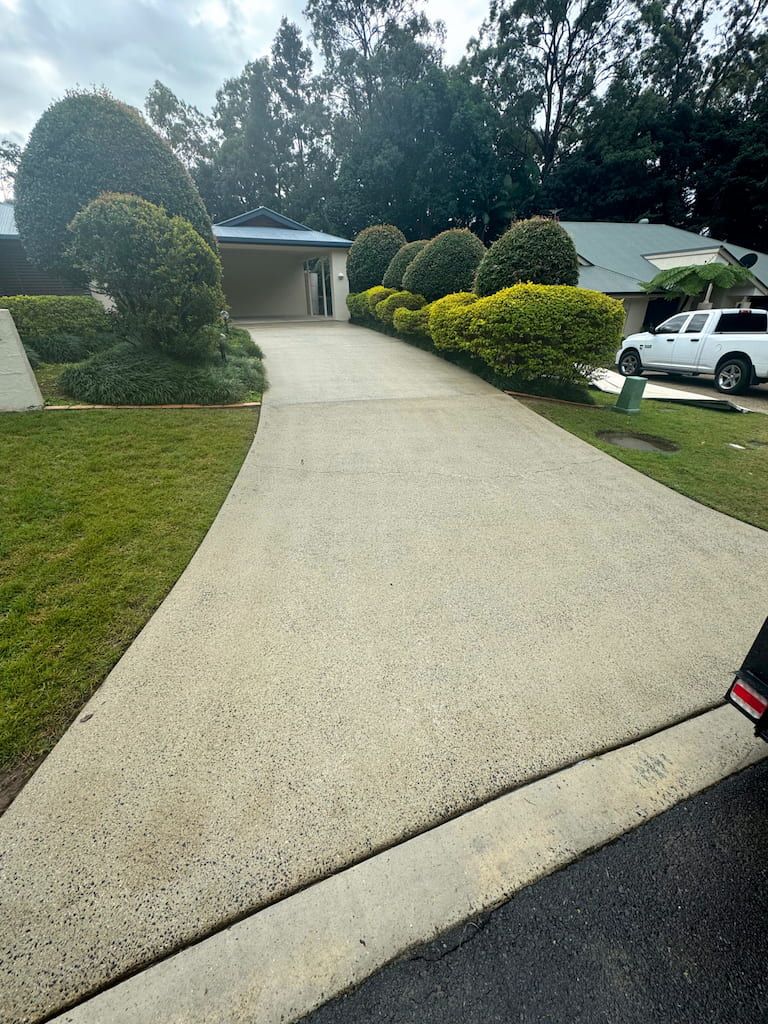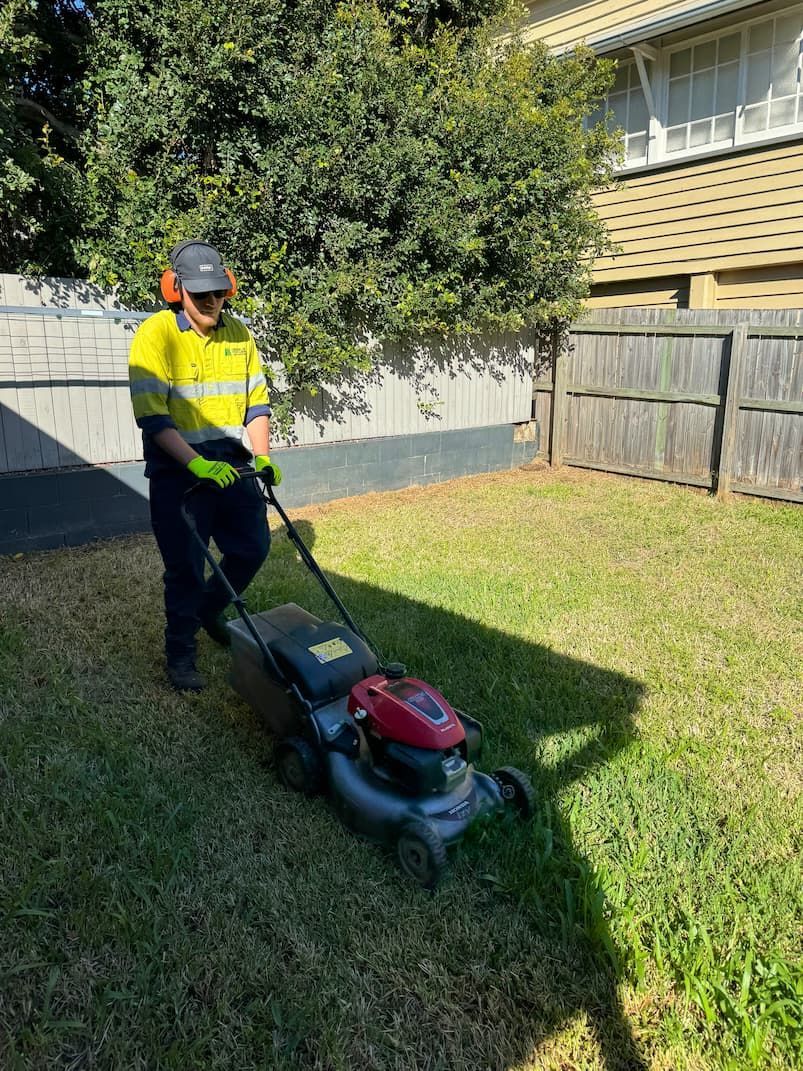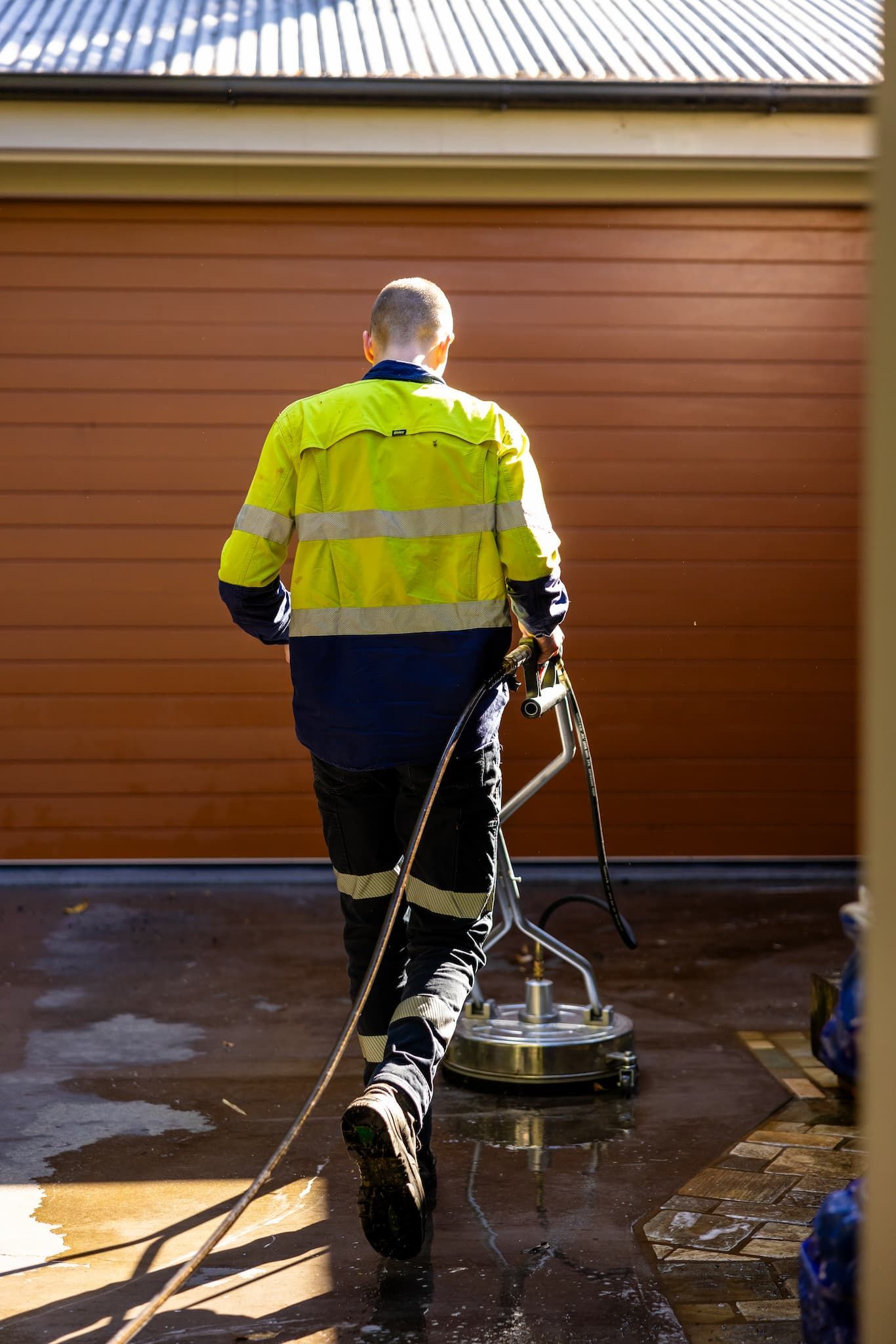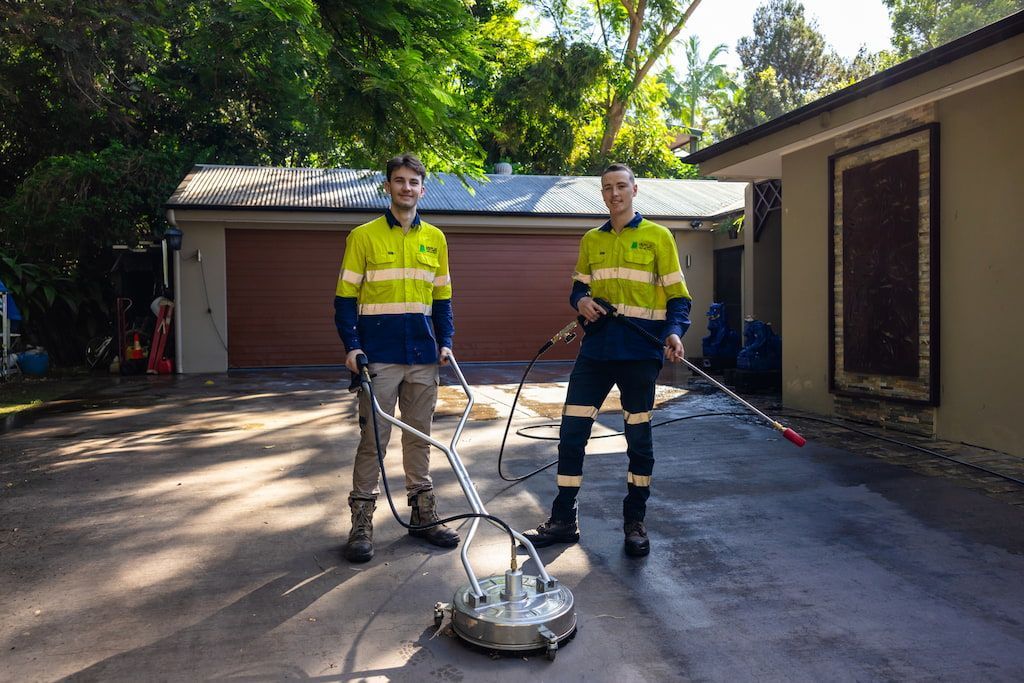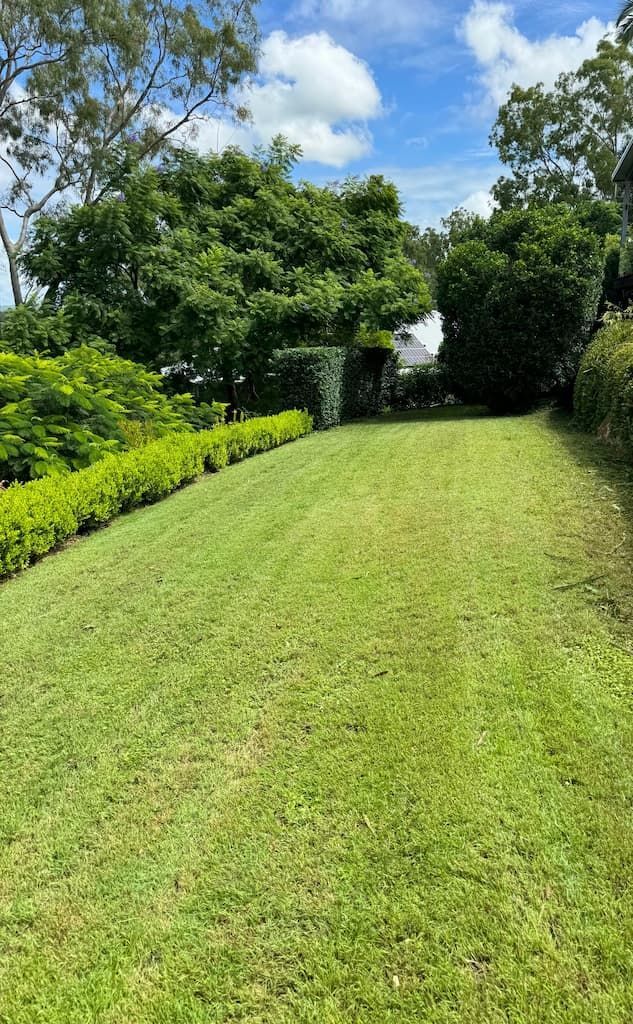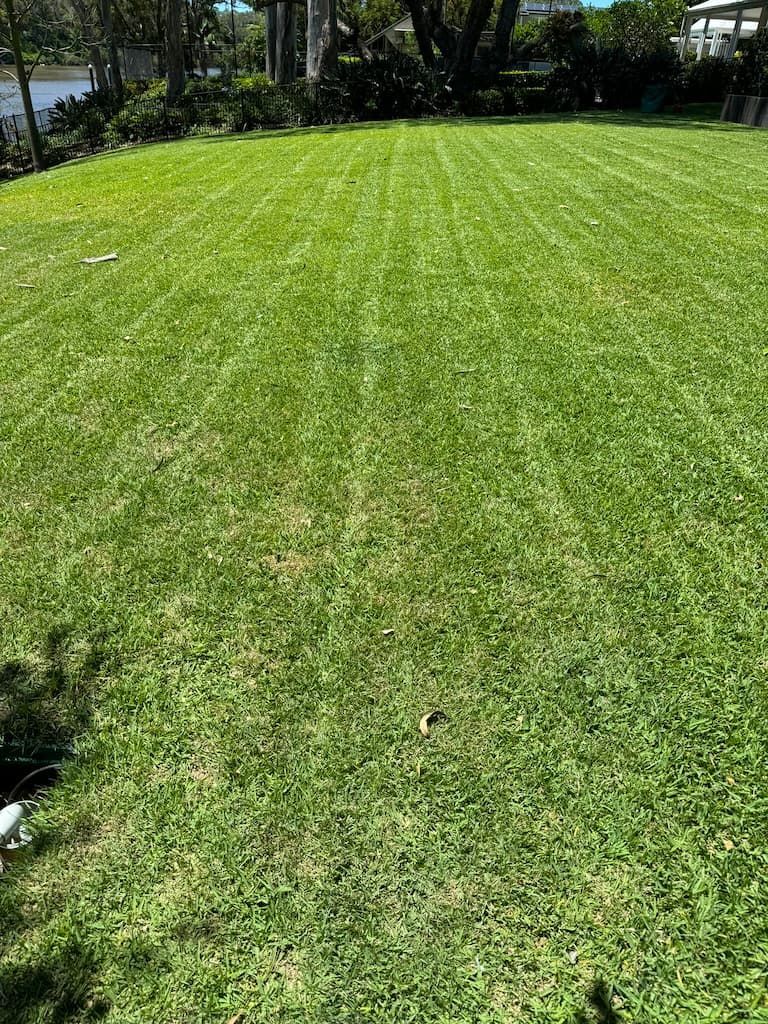Can You Pressure Wash Tiles?
Tiles are a durable and attractive choice for both indoor and outdoor spaces, but over time, they can accumulate dirt, grime, mould, algae, and even limescale. Whether on your patio, driveway, pool area, or even on your roof, tiles need regular cleaning to maintain their appearance and longevity.
One question homeowners often ask is: Can you pressure wash tiles? The answer is yes – but with some important considerations to ensure you don’t cause damage in the process.
This guide explains the benefits of pressure washing tiles, the types of tiles it’s suitable for, risks to watch out for, and the correct cleaning process.
Is Pressure Washing Safe for Tiles?
Pressure washing can be safe for tiles when done correctly. Tiles, especially outdoor varieties such as ceramic, porcelain, terracotta, or natural stone, are often tough enough to withstand the force of a pressure washer.
However, there are two key factors that determine safety:
- Tile material and condition – Delicate tiles, cracked surfaces, or damaged grout may not handle high pressure well.
- Technique and pressure settings – Using the wrong nozzle, holding the spray too close, or applying too much pressure can chip tiles or erode grout.
For most outdoor tiles, a low- to medium-pressure setting combined with the correct cleaning method will remove built-up dirt without causing harm.
Benefits of Pressure Washing Tiles
When used properly, pressure washing offers several advantages:
1. Restores Appearance
Pressure washing can strip away years of built-up dirt, moss, and stains, making tiles look new again.
2. Prevents Slips and Falls
Outdoor tiles, especially around pools or in shaded areas, can become slippery when algae and mould grow on the surface. Pressure washing removes these hazards.
3. Improves Hygiene
Tiles exposed to weather can develop mould, mildew, and bacteria growth. Pressure washing eliminates these for a cleaner and healthier space.
4. Extends Longevity
By removing organic growth and debris, you prevent moisture from seeping into grout lines or tile pores, which helps prolong their lifespan.
What Types of Tiles Can Be Pressure Washed?
Not all tiles are created equal. Here’s how common tile types react to pressure washing:
- Ceramic & Porcelain Tiles – Durable and water-resistant; safe for pressure washing when grout is intact.
- Natural Stone Tiles (Slate, Granite, Travertine, Sandstone) – Can be pressure washed, but require lower pressure and sometimes a sealant afterwards to protect the surface.
- Terracotta Tiles – More porous, so they need gentler pressure and extra care to avoid erosion.
- Roof Tiles (Concrete or Terracotta) – Often pressure washed to remove lichen, moss, and dirt, but require correct pressure to avoid cracking or damaging the roof surface.
- Indoor Glazed Tiles – Generally not pressure washed unless in commercial or industrial settings with waterproofing in place.
Risks of Pressure Washing Tiles
If done incorrectly, pressure washing can cause:
- Chipped or Cracked Tiles – Excessive pressure or a narrow nozzle stream can physically damage tile surfaces.
- Damaged Grout – High pressure can blast grout out from between tiles, leaving gaps for water to seep in.
- Water Damage – For indoor tiles or unsealed outdoor areas, water penetration can lead to mould or structural damage.
- Etching on Natural Stone – Using too much pressure or harsh chemicals can etch and dull the surface.
How to Pressure Wash Tiles Safely
If you’re planning to pressure wash tiles yourself, follow these steps to minimise risk and get the best results.
1. Inspect the Area
Check for cracked tiles, loose grout, or damage. Repair these before pressure washing to avoid making the problem worse.
2. Choose the Right Pressure
- For most tiles:
1,200–2,000 PSI is safe.
- For delicate or natural stone tiles: Stay on the lower end.
Avoid commercial-grade high-pressure settings unless you are an experienced operator.
3. Use the Correct Nozzle
A 25–40 degree fan nozzle spreads the water over a wider area, reducing the risk of concentrated damage.
4. Keep the Right Distance
Maintain at least 30–45 cm between the nozzle and tile surface. Start further away and move closer if needed.
5. Pre-Treat Stubborn Stains
Apply a tile-safe cleaning solution for mould, grease, or rust stains before pressure washing. Let it sit for a few minutes.
6. Work in Sections
Clean small areas at a time, overlapping each pass to ensure even cleaning.
7. Rinse Thoroughly
Make sure all detergent is rinsed away to avoid residue or streaks.
8. Seal if Necessary
If working with porous tiles like terracotta or unsealed stone, apply a sealant after cleaning to protect against future staining.
Professional vs DIY Tile Pressure Washing
While DIY tile cleaning can be effective, there are situations where professional services are worth considering:
- Large Areas – Commercial-grade equipment can cover bigger spaces more quickly.
- Delicate Tiles – Professionals know the right pressure and cleaning solutions to use.
- Roof Tiles – Requires safety equipment and expertise to avoid damaging the roof or injuring yourself.
- Stubborn Stains – Professionals have access to stronger, eco-friendly cleaning agents.
Special Considerations for Roof Tiles
Pressure washing is a common method for cleaning roof tiles, but extra care is essential:
- Always work from the top down to avoid lifting tiles.
- Use a lower pressure setting to prevent cracks or water intrusion.
- Consider soft washing (low pressure with cleaning agents) for delicate or older roof tiles.
How Often Should You Pressure Wash Tiles?
The ideal frequency depends on location, climate, and tile type:
- High-traffic outdoor areas – Once or twice a year.
- Poolside tiles – Every 6–12 months to prevent slippery algae growth.
- Roof tiles – Every 2–3 years, or as needed depending on moss and lichen growth.
- Indoor tiles – Rarely require pressure washing unless in commercial or industrial settings.
Eco-Friendly Tile Pressure Washing
If you’re concerned about environmental impact, choose eco-friendly detergents and methods:
- Biodegradable Cleaners – Break down naturally without harming plants or waterways.
- Water-Efficient Equipment – Some professional machines use less water while maintaining cleaning power.
- Wastewater Management – Prevents dirty water from running into storm drains.
Conclusion
So, can you pressure wash tiles? Absolutely – as long as you use the right pressure, technique, and cleaning solutions for the tile type. Pressure washing is an effective way to restore tile surfaces, enhance safety, and prolong their life.
If you’re unsure about your tile type or the best cleaning method, get in touch with Order Of The Lawn in Brisbane and leave it to the professionals.

